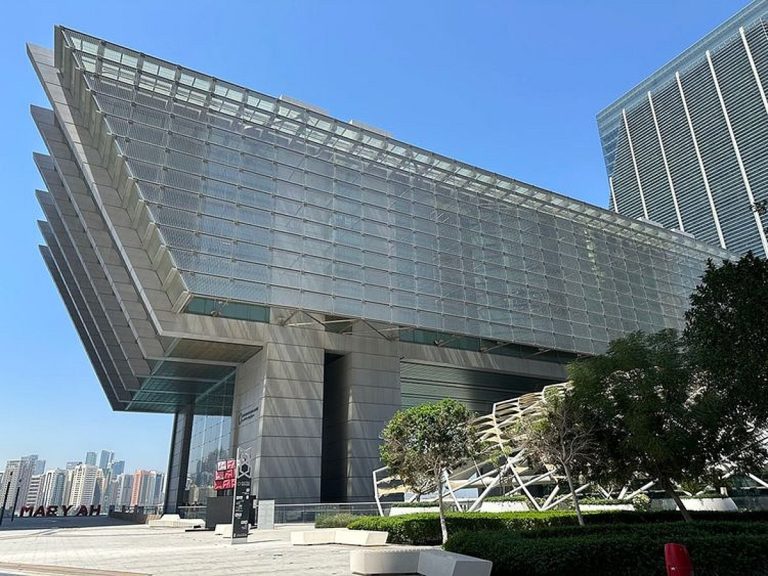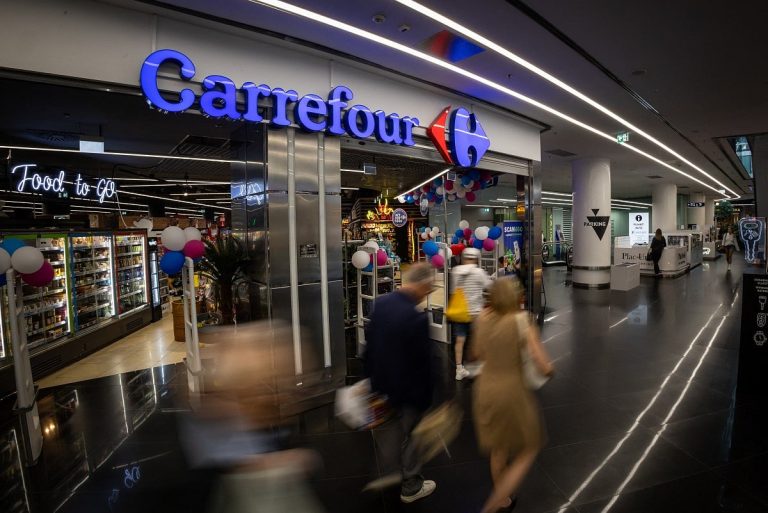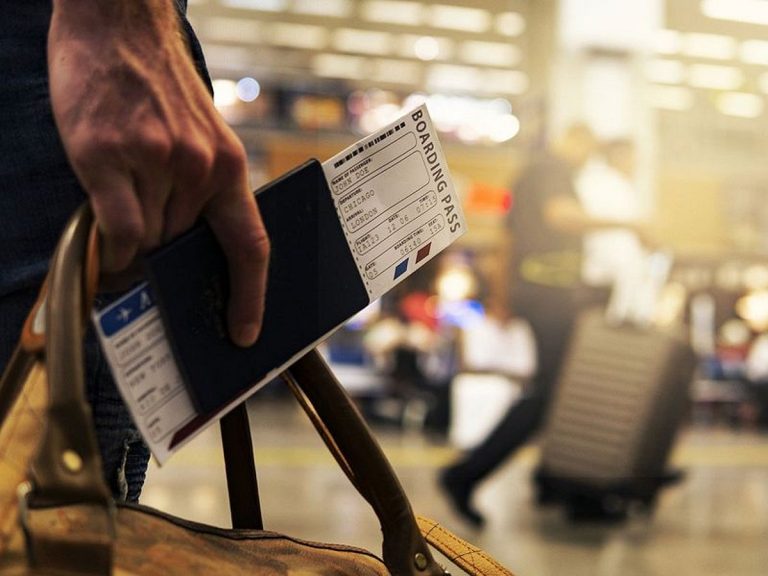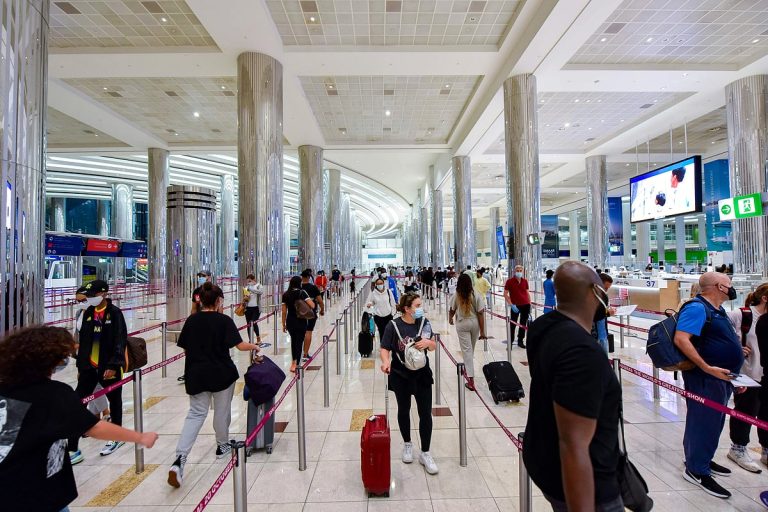New Shipping Route Boosts Gulf-East Africa Trade
DP World has introduced a new shipping service that connects Jebel Ali Port in the UAE with Berbera Port in Somaliland. This initiative aims to improve trade connectivity between the Gulf region and East Africa, facilitating smoother and more efficient trade flows.
Details of the New Route
The Jebel Ali–Berbera service operates every nine days, significantly enhancing access to East African markets. This route not only strengthens Berbera’s status as a vital logistics hub but also includes scheduled stops at Aden and Djibouti, thereby expanding trade links across the Horn of Africa. Importantly, this service provides an alternative route for cargo destined for inland areas like Ethiopia, which traditionally relied on Djibouti Port.
Benefits of the Service
The new shipping route is expected to offer more predictable transit times and reduce the risk of bottlenecks, thereby improving the overall efficiency and resilience of trade routes in East Africa. Berbera Port has been upgraded to accommodate larger vessels, including Triple E ships, and has the capacity to handle up to 4 million livestock annually. These enhancements, along with the establishment of the Berbera Special Economic Zone, are designed to attract foreign investment and stimulate industrial growth in the region.
Statements from DP World Officials
Ganesh Raj, Group COO of Marine Services at DP World, emphasized that the new service enhances connectivity between the Middle East and East Africa, supporting the development of resilient trade corridors. Supachai Wattanaveerachai, CEO of DP World Horn of Africa, described the route as a significant milestone in creating faster, safer, and more reliable trade links, which will ultimately contribute to regional growth and community development.
Impact on Berbera Port
Since DP World took over operations in 2017, Berbera Port has undergone significant transformations, including a 450% increase in vessel productivity and a 90% rise in cargo throughput. The port now accommodates over 14 container vessels monthly, with plans to expand its capacity to handle 2 million TEUs annually. DP World’s investments in Africa have surpassed $3 billion, with an additional $3 billion pledged over the next five years to further enhance trade corridors across the continent.
FAQs
What is the frequency of the Jebel Ali–Berbera shipping service?
The service operates every nine days, providing regular access to East African markets.
How does this new route benefit trade in East Africa?
It offers faster access to markets, reduces transit times, and provides an alternative to traditional supply chains, enhancing overall trade efficiency.
What improvements have been made to Berbera Port?
Berbera Port has seen upgrades that allow it to handle larger vessels and increased cargo volumes, including a 1,050-metre quay and livestock handling capacity for 4 million heads annually.
Conclusion
The launch of the Jebel Ali–Berbera shipping route marks a significant advancement in trade connectivity between the Gulf and East Africa. With ongoing investments and improvements at Berbera Port, this initiative is poised to bolster regional economic growth and enhance the efficiency of trade operations in the area.
The establishment of the Jebel Ali–Berbera shipping route is part of a broader trend of increasing maritime trade between the Gulf states and East Africa. This region has seen a growing demand for efficient logistics solutions, driven by rising populations and economic development. The new service is expected to attract more shipping lines to the area, potentially leading to increased competition and further improvements in service quality and pricing for traders and consumers alike.
Additionally, the strategic location of Berbera Port positions it as a key player in regional trade dynamics. Its proximity to major shipping lanes and its role as a gateway for landlocked countries like Ethiopia enhance its importance in the logistics network. As trade volumes increase, the port’s infrastructure developments will likely continue to evolve, supporting not only cargo transport but also fostering ancillary industries such as warehousing and distribution.
The implications of this new shipping route extend beyond immediate economic benefits. Enhanced trade connectivity can lead to greater regional integration, allowing East African countries to better participate in global supply chains. This could ultimately contribute to job creation and improved living standards in the region, aligning with broader development goals set by various governments and international organizations.
Also Read:
UAE’s $6 Billion Investment Boosts Georgia’s Economy







